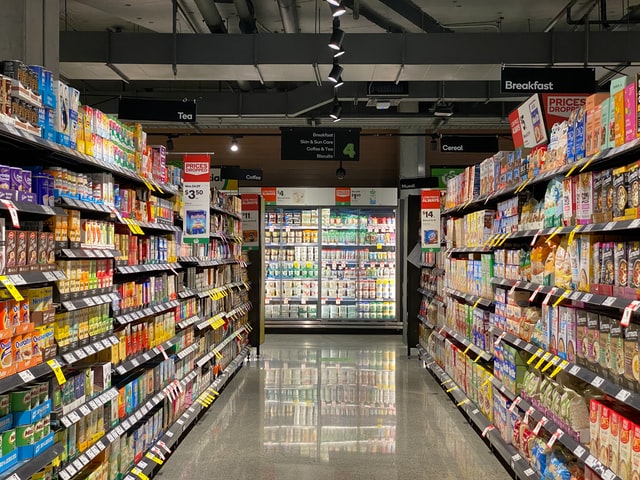Delivering perishables is not a fun job. There are many rules that need to be followed and a little mistake could cost a lot. We spoke to Jos Miermans, Co-founder at etheclo, about how passive cooling solutions can be used by grocery retailers to keep goods fresh and deliver value to consumers. You can watch the full video interview now.
What type of solutions are being developed for temperature sensitive goods?
There are two types of solutions: active and passive. Generally, the active solutions are the vans. The passive one is something we focus on: a cooling box with protective plates and monitoring inside the box. This gives greater flexibility: in the same vehicle you can transport fresh, cooled, and frozen products.

How can these help last mile deliveries and failed home deliveries?
The solution can be used both for at home and not at home delivery. By using a temperature controlled box the goods can be left at a PUDO point, at the door or somewhere else convenient for the consumer. This avoids perishables being returned to the hub or given to the neighbours.
What should we expect this to cost?
If we can use this passive solution just for the last mile, and not try to cover the whole supply chain, it might be a very good and accessible one. For example, a micro-hub might be the ideal place to transfer products from an active cooling to a passive one. Then the box can be returned to the hub very quickly. In one day, you can use it for many deliveries. In that way, it would become very easy and cheap for the last mile.



